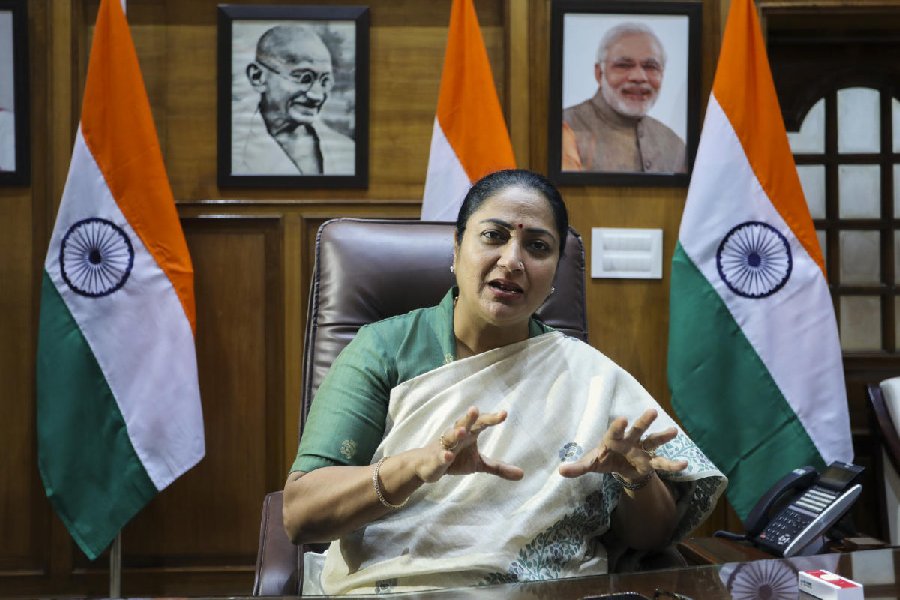 Competition spawns choices: the insurance industry today best exemplifies this. But there?s a danger of having a bewildering array of options: the problem hit the telecom industry some years ago, forcing the regulator to cap the number of options that companies could offer mobile newbies. There are first signs of trouble in the insurance industry today where aggressive private players have started loading ?riders? onto basic plans and have started selling them with catchy slogans and smart marketing strategies. |
The flip side of all this is that the riders cost money. So, when you cut through the thicket of add-ons on your insurance policy, you could find to your dismay that the same sum assured on one policy could mean a higher premium fork-out than another plain vanilla plan (see table).
This brings us to the nut cracker question: can you cut through the sales patter and pick up the add-ons that you want in your insurance policy? And can you intelligently bargain hunt for the premium that you wish to pay instead of being conned into paying a higher sum by a glib-talking insurance adviser?
The answer is both yes and no. The premium is determined by mortality cost, expected surplus that can be generated by the insurer by investing the premium kitty, and the insurer?s various expenses.
While all insurance companies in India refer to the Life Insurance Corporation?s 1994-96 assured lives mortality table as the basis for calculating the mortality charge, they differ widely on the two other counts ? expected surplus and expenses.
An insurer?s mortality table takes into account only the lives it has assured, while a general population mortality table covers both the assured and non-assured (which include the poor) lives.
An insurer's mortality table is its experience with death claims per thousand people insured corresponding to different age-groups, locations and so on.
The mortality of an age group helps an insurer calculate its risk in insuring a person in that age group. On that basis, the insurer charges a mortality fee. For example, the mortality rate for the non-smoker, urban male age group of 30-32 to survive till the age of 50 is 1.46. Then the insurer's risk to cover the policyholder is 1.46 per cent, which it includes in the premium rate as mortality cost.
?Mortality charge is one of the many components that determine a premium rate. Moreover, the Insurance Regulatory and Development Authority (IRDA) has allowed insurers to modify the basic table justified with their experience with death claims. So, an insurer can charge a higher mortality fee, and hence a higher premium,? said an actuary officer in LIC.
The premiums collected by an insurer are invested in capital markets in a fixed pattern outlined by the IRDA. Out of the surplus earned on the premiums invested, 95 per cent is distributed to the policyholders and the balance 5 per cent to shareholders and meeting expenses. An insurer would charge a higher premium if it expects to earn more surplus income from its investment.
Then there are commission to agents, office expenses, advertising and salaries, which the company manages from the 5 per cent surplus earning. If the expenses are high, it has to collect more premiums.
But, a low-cost option is not always good economics. Like any other financial instrument, the merit of a life insurance policy should be judged by comparing its cost-benefit with that of peer products.
?The premium rate of a life insurer depends on how it provides for its profit margins, benefits such as loyalty additions or terminal bonus to policyholders, infrastructure expenses, distribution network and reinsurance cost,? said the LIC official.
An insurer can, however, maintain a low premium rate provided the average sum assured per policy with the insurance company is high. If the sum assured of a policy is high, the premium amount will be steep and the insurer need not charge a high rate to generate a great investible kitty. The available data reveals that average policy sum assured for most of the private insurers are larger than that of LIC.
Besides, the private insurers? distribution and sales expenses are also low as they are operating in select segments. ?But many private insurers charge a higher premium rate because they want to make more profit and give higher returns to their shareholders,' explained a marketing manager of a private sector life insurance company.
An effective way to judge which insurer offers the best deal is to compare the ratio of expected guaranteed additions, terminal bonus, reversionary bonus, and loyalty benefits on policy maturity to total premium cost for different insurers.











